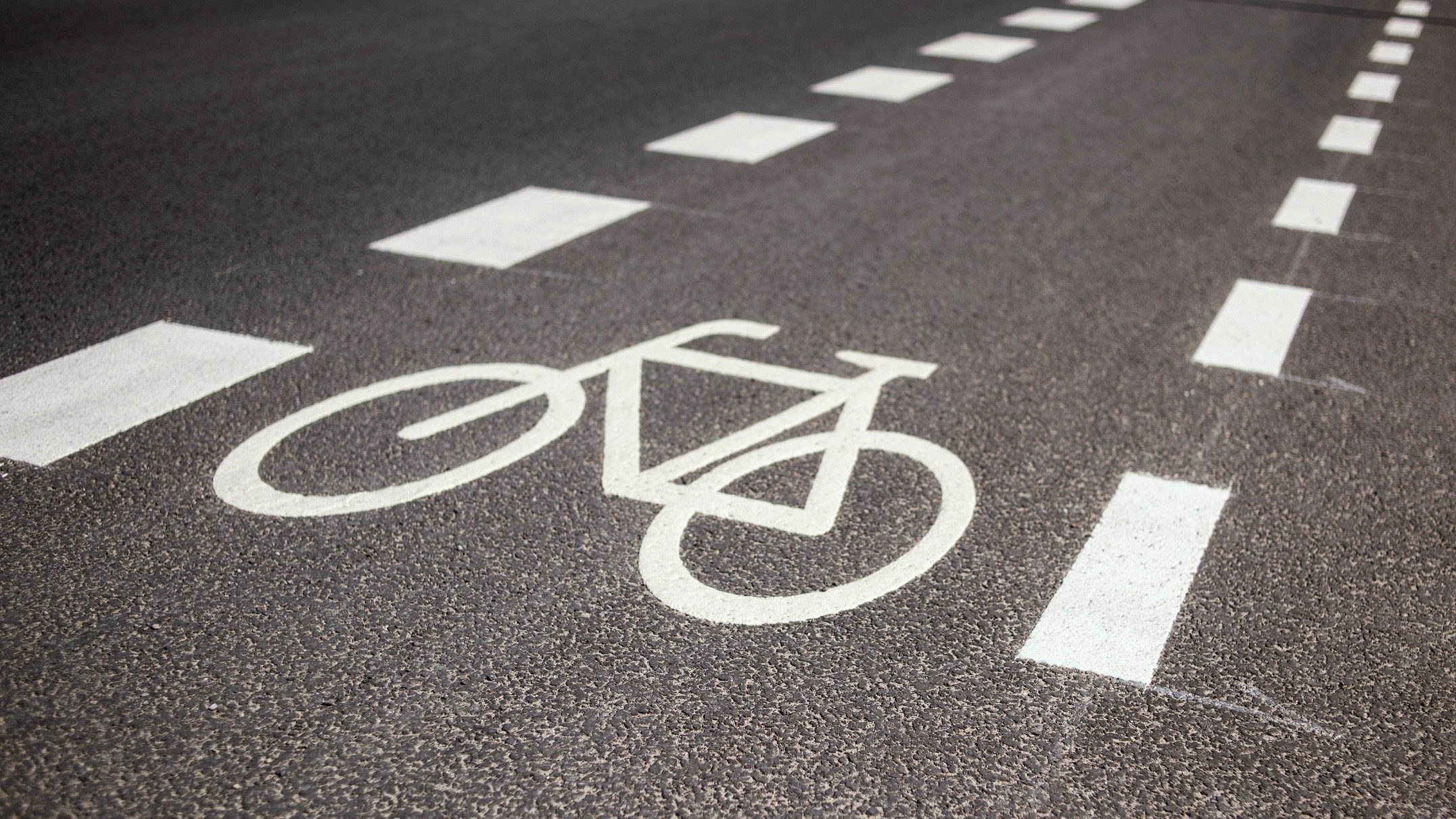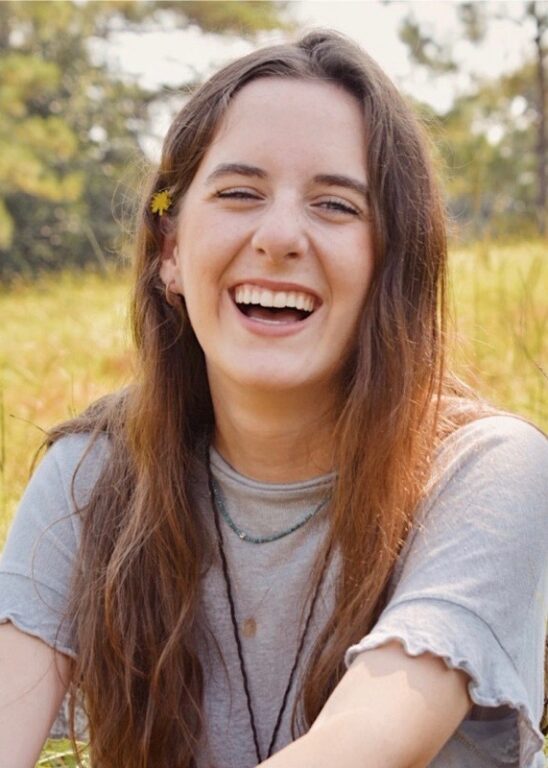Student aims to help make pedestrians and cyclists safer

As a high school student in Columbia, South Carolina, Lindsay Cribbs ’24 wished she could live in a more pedestrian and bike-friendly city. So, she was excited when she began her first year at Furman.

Lindsay Cribbs ’24
“Coming to Greenville, I thought, ‘Wow, you can walk here, you can bike here,’” said the economics and sustainability science double major.
But she didn’t dare approach two particular traffic corridors not far from Furman on two feet or two wheels. Stretches of White Horse Road and Poinsett Highway are notoriously unsafe for pedestrians and cyclists, as studies have shown.
“I saw that, and I did not want to try that out at all,” Cribbs said.
With her summer research project, “Creating a Safe Operating Space for Pedestrians and Cyclists in Greenville,” Cribbs – working with Suresh Muthukrishnan, professor and chair of the Department of Earth, Environmental, and Sustainability Sciences, and the nonprofit Bike Walk Greenville – plans to build on those studies, along with Furman’s Geographic Information System (GIS) mapping resources and other transportation analytics, to help make those corridors safer.
High-impact roadways
Between 2009 and 2019, pedestrian fatalities in South Carolina increased by 80% and bicycle fatalities more than doubled across the state, according to the South Carolina Department of Transportation’s Pedestrian and Bicycle Safety Action Plan (PBSAP). Several spots in Greenville County, including stretches of White Horse Road and Poinsett Highway, were identified as “high-crash roadway segments” in the action plan.
Many such corridors pass through communities where residents without cars must walk or cycle to get necessities. In one high-crash area, a half-mile segment of White Horse Road that contains one of the few grocery stores in the neighborhood within a Walmart Supercenter, 17 accidents involving pedestrians and cyclists occurred between 2015 and 2019, according to the PBSAP.
“It’s not always the leisure walker or recreational cyclist getting hurt,” Cribbs said. “It’s the person cycling or walking out of necessity for things that we would normally use a car for.”
For the most part, those corridors lack adequate bike lanes, crosswalks and sidewalks, “and if they do have them, the infrastructure is so poor that they’re unsafe,” said Cribbs.
Her work builds on research done by a previous Furman intern for Bike Walk Greenville, an organization advocating active transportation in the area. Loise Aleria ’22 found that pedestrian deaths were concentrated in the most underserved areas of the county – including the two corridors Cribbs is studying this summer. The dangerous conditions in predominantly lower-income Hispanic and African American communities highlight inequities within Greenville County, Cribbs said.
“You can see that in the nicer areas downtown, the sidewalks and bike lanes look amazing,” but not in lower-income areas, she said.
Making transportation safe and accessible
Along with GIS mapping and analysis, Cribbs’ research tools will include U.S. Census data and StreetLight Data, which uses pings from mobile devices and the Internet of Things (IoT) to analyze how specific roads are used.
Her hope is that Bike Walk Greenville can use her findings to shed further light on the challenges pedestrians and cyclists face and spread awareness of the need for safe roads and trails. In addition to improved sidewalks, crosswalks and bike lanes, solutions such as better lighting and highlighted warning signs “can make a whole lot of difference in the safety of vulnerable road users,” said Cribbs.
Along with members of Bike Walk Greenville, Cribbs recently attended the recent Bike/Walk/Trails Summit in Newberry, South Carolina, networking with and learning from community leaders across the state.
The conference left her energized for her summer research project – not to mention life after graduation, said Cribbs, who hopes to find a career where she can leverage both her economics and sustainability science majors toward making a difference in the world.
“I definitely want to work to connect sustainability efforts and economics to make things more accessible,” she said. “I want to help bridge the gap of thinking sustainability has to be expensive.”